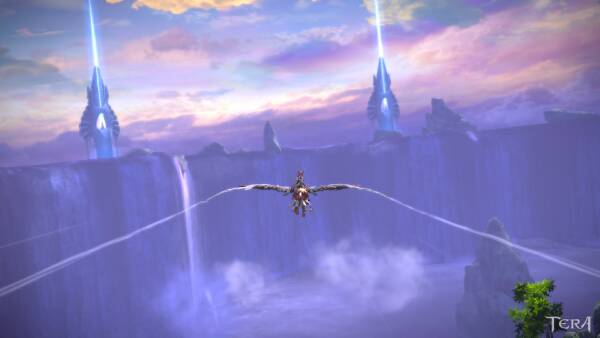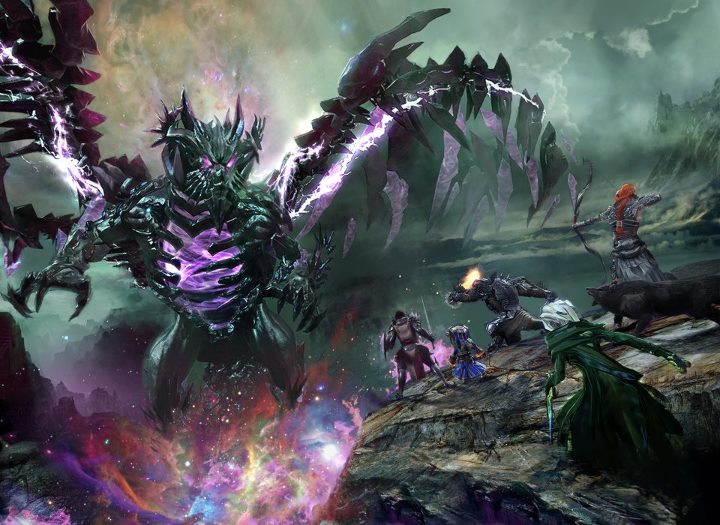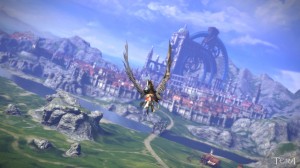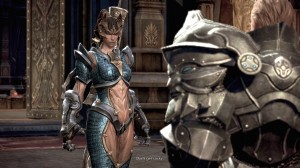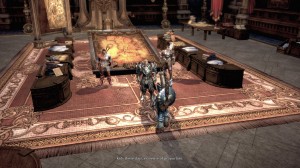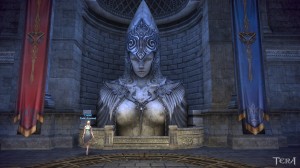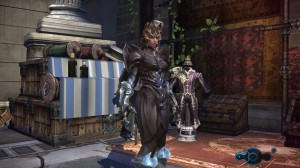Sometimes I fear my hands are no longer the natural appendages to my own body with which I was born, but instead have been replaced by sentient creatures with a will of their own. At night they plot and scheme, writing messages to one another and performing complex charades. Then they move my alarm clock so I can’t find it in the morning, before burying themselves beneath me in such a way that I wake up with a dead arm. Attempting to find a wandering alarm clock with a dead arm at five thirty in the morning, while desperately trying not to wake your slumbering partner, is one of life’s more slapstick challenges. With the dull weariness of the recently awoken, your arm flops across to where the alarm clock should be, in order to strike it roughly about the head and silence its infernal chirping. But the alarm clock isn’t where you expect it to be, the realisation of which is replaced by the dawning awareness that you have no real control over your dead arm as it lands on the bedside table with a thunk – the sort of thunk which during the active hours of the day would go entirely without notice, but at silly o’clock in the morning is a thunk to rival the very thunder of the gods. In panic –partly because you’re still half asleep and partly from the innate survival instinct of avoiding death by not waking your partner– you yank your arm back, entirely forgetting you have no control of it, at which point it falls from the sky like a felled tree and strikes you sharply across the face. This has the benefit of waking you up properly. Unfortunately, your natural response to this attack from an unknown assailant is to leap from your bed and prepare to have at it, and thus you push yourself up and swing your legs out of bed with haste. You push yourself up, alas, with an arm that is still entirely unwilling to re-join the great collective adventure that is being a part of your body. As your arm gives way and folds in two, halfway through lifting you up, you can only reflect that this isn’t the sort of immediacy of exit you had planned as your head rebounds off the pillow and strikes the bedside table before following the rest of your body into a heap on the floor, followed shortly by the alarm clock, knocked from its perch, which turns itself off by striking you smartly on the nose.
All of which is to say that my hands are treacherous and work against my will, which conveniently allows me to explain how I ended up purchasing TERA this past weekend and playing it whenever time would allow. I mean, I turn my back for one second, and before I know it my hands are off signing me up for an account and downloading the game. The returns form on En Masse Entertainment’s website did not include an option for ‘Betrayed by evil sentient hand mimics’, so I decided that I would keep the game and see what it was all about.
Perhaps it’s an issue with the MMO model, but it is very easy for me to treat an MMO purchase as I would any single player game. That is, I will spend around £30-£40 and get a game from which I can expect around twenty hours or so of enjoyable game play. If I’m sold on the game after my thirty days of time is up, I can purchase DLC which allows me to continue the story. A single player game can clearly be replayed without further cost, but I can’t kid myself into thinking that I need the option to replay the game: the number of games I’ve ever been bothered to go back and play again, in all my years of gaming, can probably still be counted on my fingers. I see games such as Dragon Age and Skyrim as exceptional value for money, rather than the norm; I’d rather they were the norm, of course, but with the gaming industry such as it is, £1 per hour of entertainment seems to be the median. As such, MMOs don’t look too bad at all based on a box price and a month of play, with the caveats that you need to have the time to dedicate to the game Right Now, and you need to enjoy the sort of gaming experience which MMOs offer, compared to the more tailored experiences you get in games such as Skyrim or Dragon Age. I think this is where Star Wars: The Old Republic gets into trouble: in trying to offer this tailored experience within the framework of an MMO, it seems to struggle to mediate between the limitations of the two styles of gaming experience. SWTOR is clearly a successful game, but is it successful enough to justify the step change in development costs that its genre-hopping entailed?
My initial thoughts on TERA are very much as those that have been reported by sources elsewhere – I don’t think I’ll be in it for the long term, but I’m enjoying the experience so far. TERA’s combat is definitely fun, not a revolution, but certainly more what I’d imagined Guild Wars 2’s combat would feel like, where GW2 actually seemed to lean much further towards the traditional MMO combat style. TERA feels like an advance on DDO’s dynamic combat, and GW2 felt to me like a strange hybrid between Guild Wars and World of Warcraft. Where the environments in TERA are stunningly beautiful, the quest design is just stunning, in the more traditional blow-to-the-head wake-up-in-a-pool-of-blood-with-a-cracking-headache-and-no-idea-who-you-are sort of way. The saving grace, as others have already mentioned, is that the combat is a great deal of fun, so being told to go and Kill Ten Nouns (first MMO to have a creature called a Noun gets five bonus KiaSA points) is not seen by the player as another chore to be done in order to get their pocket experience. Is the combat good enough to carry the entire game? I think that’s where I find I’ll be leaving before too terribly long; as good as the combat is, and as lovely as the world design may be, I need more substance to my RPG. If they’d included more exploration and events akin to Guild Wars 2’s efforts, I could probably be happy that the quest design is so bland, but as it stands I just don’t think that the combat system will carry me through to the end game. Give me TERA’s combat and Guild Wars 2’s… everything else, and I’d probably be a very happy Melmoth, though.
Do I need to comment on the misogynistic treatment of female characters vis-à-vis their ludicrously sexualised outfits? Perhaps this is by design – an attempt to distract players away from the bland and repetitive quests; I imagine players are either so outraged that they find themselves happy to take out their frustrations on the nearest NPC which will accept a hammer to the face, or too busy trying to manage the extreme challenge of playing a complex action combat MMO with only one hand.
I’ll let you know how I’m getting on with the game at a later date, but for the time being I think it will be an interesting filler between my static group night in DDO, and the time Guild Wars 2 comes along and lays waste to my limited free time.
And for the record: if I do happen to find myself playing with only one hand, you can rest assured that it’s entirely an evil ploy by one of my traitorous sentient hand mimics.
